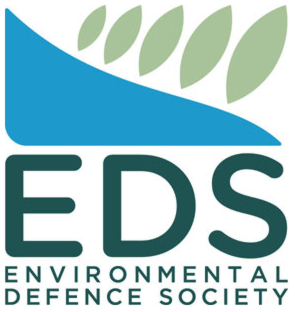BubbleBum Booster Seat Rates Highly in Evaluations
BubbleBum Booster Seat Rates Highly in
Evaluations
19 October 2011
Immediate
Release
The BubbleBum booster seat has earned a high
rating as a Best Bet booster seat by the Insurance
Institute for Highway Safety (IIHS) in the US.
The IIHS is a non-profit organization dedicated to reducing deaths, injuries, and property damage that result from crashes on US roads. Their research focuses on three main factors: human, vehicle, and environmental.
The focus of the Institute's
ratings is belt fit, not crash performance, and no crash
tests were conducted as part of the evaluation. To assess
belt fit, engineers use a test dummy representing an
average-size 6 year-old. They measure how lap and shoulder
belts fit the dummy in each booster under 4 conditions
representing the range of belt configurations in real-world
vehicles.
A ‘Best Bet’ rating by the IIHS
means any top-rated booster seat will correctly position a
car safety belt on a typical 4-8 year old in almost any
family SUV or regular car.
A notable newcomer to the
‘BEST BET’ list was the BubbleBum, a compact and
inflatable seat that's marketed for holidays, car pools, and
taxis, as well as everyday use. When needed, it can be
quickly inflated by blowing into a valve at the back of the
seat.
The BubbleBum booster seat is distributed
exclusively in New Zealand through Wanaka company, Diverse
Limited, General Manager Kelly Good says research indicates
that using a belt-positioning booster seat for children up
to 148cm will help avoid serious injury in the event of a
car accident.
“I whole heartedly agree with the findings of the IIHS. They suggested boosters elevate children and position safety belts so the belts will fit them better – a key design feature of the BubbleBum.”
Mrs Good commented that when a child is involved in a car crash and has been restrained using a seatbelt that doesn’t fit properly it could cause severe head, spine or abdominal injury.
“According to the most recent research into the effectiveness of booster seats from the American Academy of Paediatrics, children aged 4 to 8 using a belt-positioning booster seat had approximately half the injury risk as children in seat belts.”
The IIHS commented that the lap belt should lie flat and on top of a child's upper thighs, not higher up on the abdomen. The shoulder belt should fit across the middle of a child's shoulder. If it falls off the shoulder or rests on the neck, a child might move the belt behind their back or under an arm.
Booster seats are for children who have outgrown forward-facing child restraints. A booster should elevate a child and route the lap and shoulder belts, which are designed for adults, in the correct position to restrain a child during a crash.
“Some boosters do this better than others. The problem is that consumers can't tell a good booster from a bad one just by comparing features or prices, we hope that these findings will help guide parents in finding the best booster seat for their children and their vehicle,” said Mrs Good.
The BubbleBum retails in New Zealand for $89.95 and is available online at http://www.bubblebum.co.nz and at selected retailers.
Full details of the IIHS’s findings can be found at http://www.iihs.org/
ENDS


 University of Auckland Business School: Economists Urge Action To Prevent ‘AI Poverty Traps’
University of Auckland Business School: Economists Urge Action To Prevent ‘AI Poverty Traps’ Bill Bennett: Australian warship takes rural fixed wireless broadband offline
Bill Bennett: Australian warship takes rural fixed wireless broadband offline NZ Telecommunications Forum - TCF: New Zealand Is Saying Goodbye To 3G: Are You Ready For The Change?
NZ Telecommunications Forum - TCF: New Zealand Is Saying Goodbye To 3G: Are You Ready For The Change? NZ Post: Mānawatia A Matariki - NZ Post Stamps Look To The Stars Ahead Of The Māori New Year
NZ Post: Mānawatia A Matariki - NZ Post Stamps Look To The Stars Ahead Of The Māori New Year Waipa Networks: Cambridge Is Open For Business With $45M Energy Boost
Waipa Networks: Cambridge Is Open For Business With $45M Energy Boost Master Plumbers Gasfitters and Drainlayers NZ: New Consumer NZ Test Reveals Danger Of Unregulated Online Plumbing Products
Master Plumbers Gasfitters and Drainlayers NZ: New Consumer NZ Test Reveals Danger Of Unregulated Online Plumbing Products


